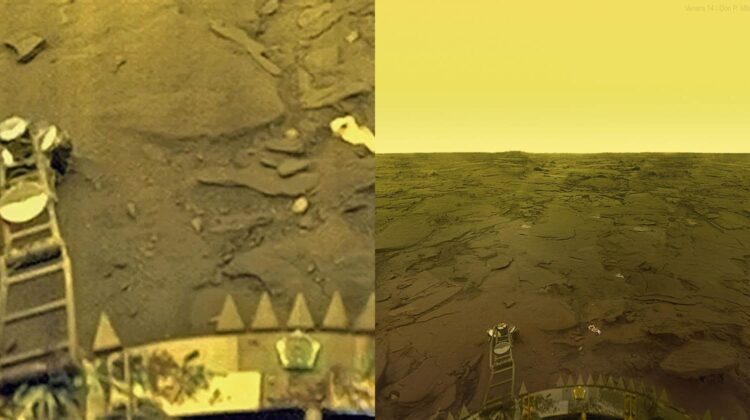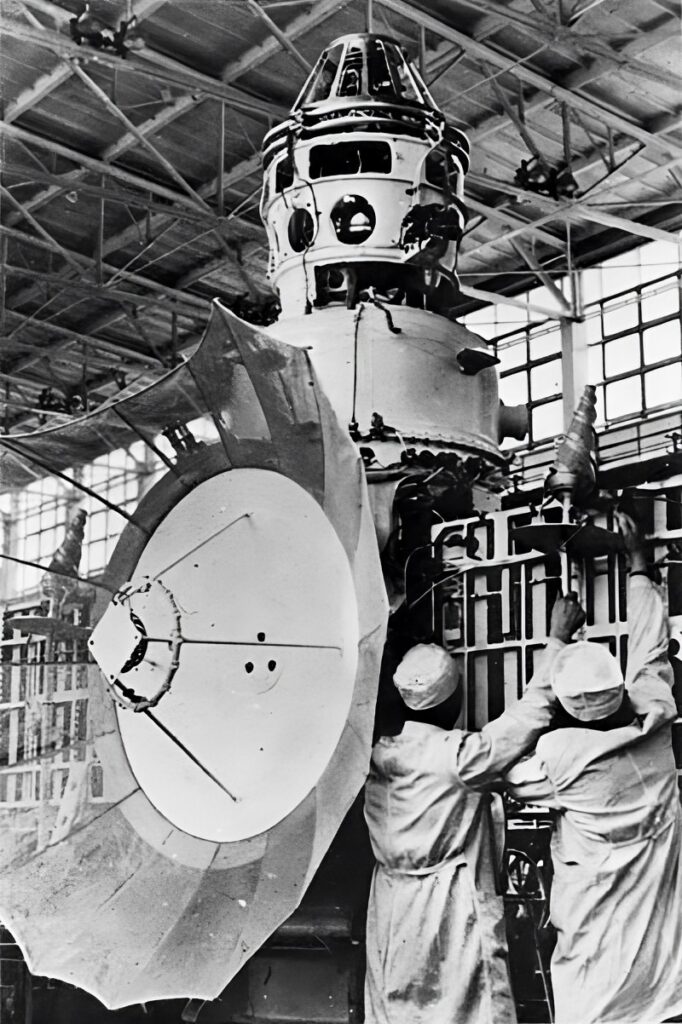
Venus, often referred to as Earth’s twin or sister planet, has long intrigued scientists and stargazers alike. Sharing a similar size and composition with our home planet, Venus stands out as an enigmatic celestial neighbor. Yet, beneath the surface-level similarities, Venus and Earth couldn’t be more different, especially when it comes to their respective environments.

One of the most striking distinctions lies in Venus’ thick atmosphere, dominated by carbon dioxide. This atmospheric composition creates a stifling greenhouse effect, leading to a runaway heat trap. The surface temperature of Venus soars to a scorching 460°C, a level that could liquefy lead. Additionally, the atmospheric pressure on Venus is a staggering 92 times that of Earth’s at sea level. The inhospitable conditions make Venus an exceedingly challenging destination for exploration, with no human-made spacecraft surviving more than two hours on its surface.

Despite these formidable challenges, the Soviet Union boldly embarked on a series of missions to explore Venus. Between 1961 and 1984, the Venera missions, including Venera 9, 10, 13, and 14, successfully landed on Venus and transmitted back images of its alien landscape. These pioneering missions marked the first and only instances of capturing visual data directly from Venus’ surface.

The Venera landers, equipped with cameras and scientific instruments, faced the daunting task of descending through Venus’ dense atmosphere. Utilizing parachutes and braking rockets, these robotic explorers executed controlled descents before deploying protective covers and cooling systems to withstand the harsh conditions on the ground.

 Space probe Venera on the surface of Venus. Artist recreation by Reimund Bertrams
Space probe Venera on the surface of Venus. Artist recreation by Reimund BertramsThe resulting images, though groundbreaking for planetary science, presented unique challenges. The Venera images are characterized by low resolution, noise, and incompleteness due to data loss during transmission. However, their significance remains unparalleled as the only visual records we possess from the surface of Venus.



To enhance the quality of these historic images and unveil more details, Ted Stryk, a philosophy professor and amateur image processor, took on the ambitious task of reconstructing the original Venera panoramas. Leveraging data from the Russian Academy of Sciences, Stryk employed various techniques, including interpolation, noise reduction, contrast enhancement, and color correction, to breathe new life into these historic snapshots.



The results of Stryk’s dedicated efforts offer an exclusive and refined look at Venus’ surface. Despite the challenges faced by the Venera missions, the reconstructed panoramas showcase a barren and rocky terrain, complete with volcanic features, fractures, and weathered rocks. These glimpses into Venus’ alien landscape contribute invaluable insights to our understanding of planetary geology and atmospheric conditions.
In the absence of actual photographs, Stryk’s reconstructed panoramas become a crucial bridge to comprehending the mysteries of Venus. They stand as a testament to human ingenuity and the relentless pursuit of knowledge, transcending the limitations posed by Venus’ hostile environment. As we continue to explore the cosmos, the Venera missions and their reconstructed images serve as a reminder of our collective ability to unravel the secrets of the universe, even in the face of seemingly insurmountable challenges.

Leave a Reply